A + B = 1
WHS Students Speak to the Success of New Algebra A/B Program
Algebra 1. Everyone’s dreaded subject, except for the few brave souls to whom numbers just seem to come naturally. But for the rest of the masses, this important subject is almost as difficult as climbing Mount Everest.
So what’s the cure? More homework? Summer school? Tutoring? While all these may be beneficial, not all are practical. This is why the math department, headed by Mark Watton, has developed the courses Algebra A and B. This program, which started in 2007, takes the year-long Algebra 1 curriculum and stretches it over two years. The first year, students enroll in Algebra A, which covers material taught in first semester Algebra 1. The following year students enroll in Algebra B, which covers second semester Algebra 1 material. In essence, Algebra A plus Algebra B equals Algebra 1.
Mrs. Mary Nuckolls, who has taught the program for the last two years, decided to question her students on its importance and success. The first question posed was, “How is Algebra A/B different than any other math class you’ve taken?”
Caleb Feil stated, “It’s a small class and it’s [a] slower pace.” Scott Nice agreed, adding, “It goes at my pace, so I’m not behind.” Jasmine Wood explained, “We go through step-by-step, slowly, and we make sure we actually know it before we move on.” Sam Westover concluded by saying, “[The class] goes a lot slower than a lot of classes, and spends more time on the things that we need to work on.”
Nuckolls couldn’t agree more with her students. “The A/B courses are my favorite, because we are less pressured for time. This allows much more question and answer time as well as group discussion. There have been times that one student completely gets the lesson and wants to explain it to his/her peers. I simply hand over the marker board marker and let them teach for a minute. That’s a good day,” Nuckolls said.
One of the unique aspects of the courses is the fact that all grades are represented, which means each student enters with their own math scars and expectations. In fact, over 50% of the students enrolled have come from other school districts. To address this, Nuckolls asked the two classes to describe their struggles in math prior to taking Algebra A/B and any improvements since taking the course.A student in Algebra A responded with “My struggles were [the class] always moving a little faster than I could. I could never catch on as fast as everyone else.” A student in Algebra B said her struggles were “…teachers going too fast, not helping much, not having enough time to help.” Her classmate added, “I used to be horrible at math. I used to hate it…I have improved 100% this year. I went from failing all the other years to a B+ or A.” A student in Algebra A summed it up with, “I leave class every day knowing I understand what we did in class.”
With the economy in question, Nuckolls thought it might be good to ask her students, “If the district decided to eliminate Algebra A/B and have all students take Algebra 1, but first asked for YOUR input, would you support their decision?” Ninety percent of the students did not support the removal of the A/B program. Rachel Shada said, “I would say this class helps you learn better, because it breaks it down into smaller portions.” Jasmine Woods added “…there are more students that can’t learn as fast as others, so taking [the class] away would make other students farther behind.” Sam Westover agreed and said, “…this class helps students learn even more at their own pace.” As Lucas McAtee put it, “It helps you understand Algebra better.”
So perhaps, A + B is greater than 1. The math department obviously has a good thing going, and if you’re wondering if this program is worth keeping, just ask one of the students. “You should [keep the class]. It makes math seem a lot easier. It’s like you know it when you go slower. You’ll enjoy it a lot better!” concluded Jasmine Wood.


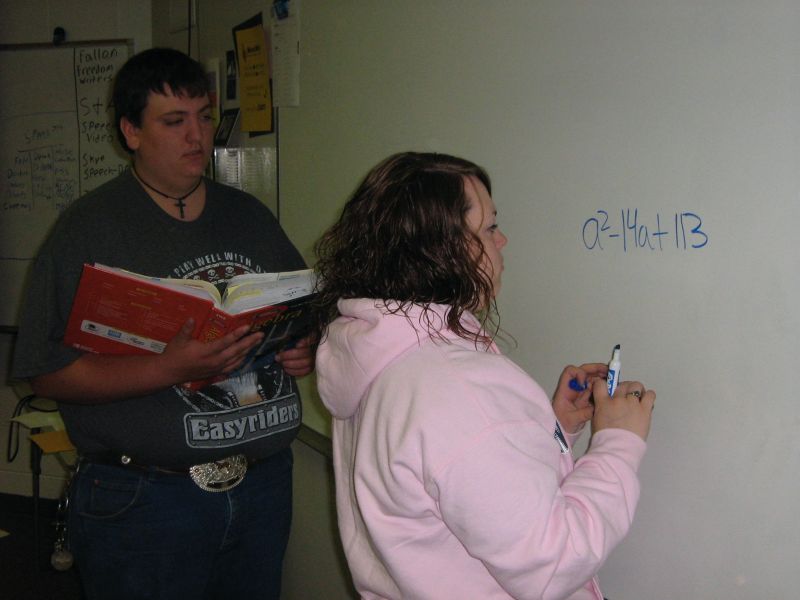
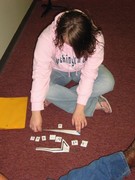
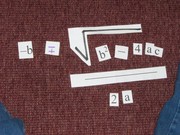
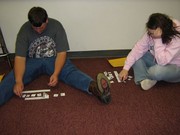
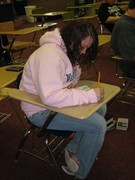
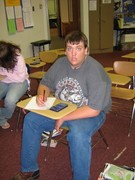
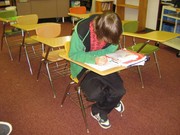
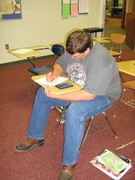
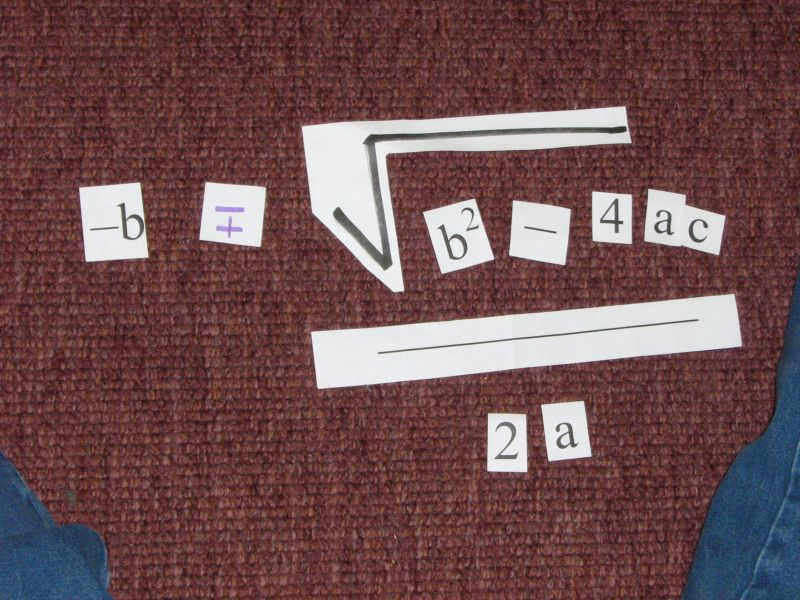 Launch the media gallery 2 player
Launch the media gallery 2 player Launch the media gallery 3 player
Launch the media gallery 3 player